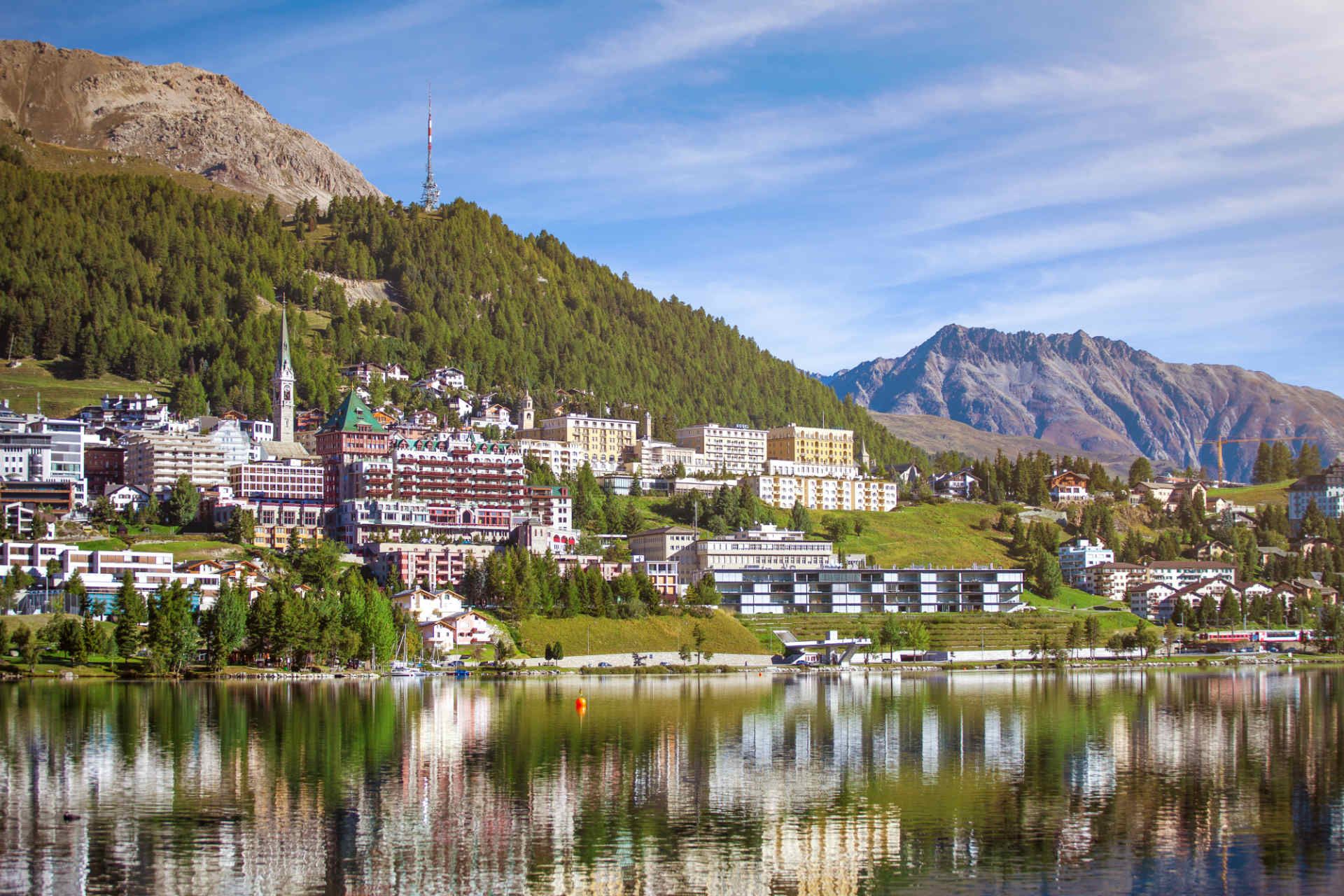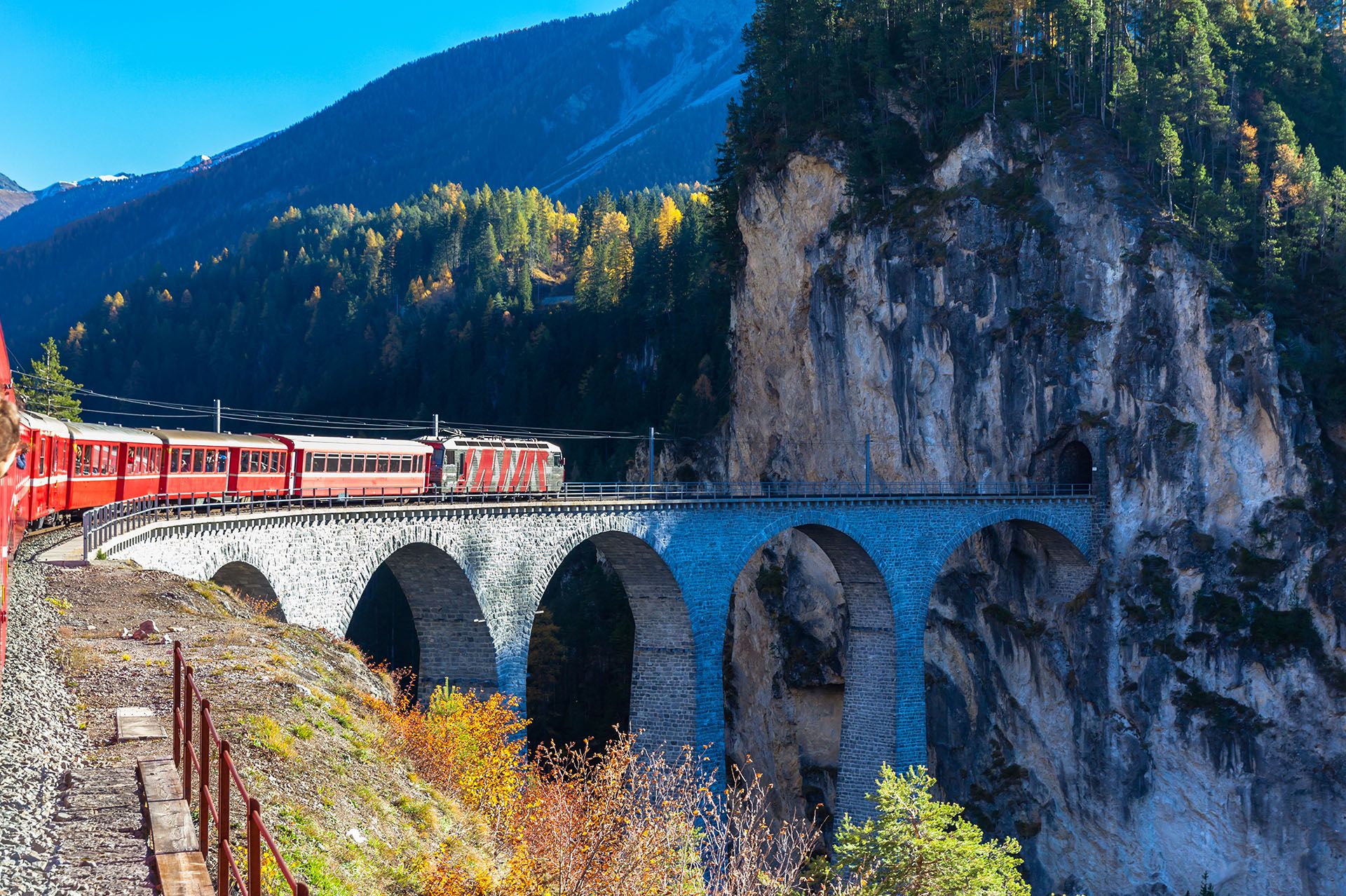Day 2: Jungfraujoch - "Top of Europe"
On day two of this Switzerland itinerary, you’ll take the train from Lauterbrunnen to Kleine Scheidegg, then switch to the Jungfrau Railway, which has been running since 1912, to reach Jungfraujoch at 11,332 feet (3,454 meters).
At the summit, you can walk through the Ice Palace carved into the glacier, where the tunnels and sculptures stay frozen all year. The Sphinx Observatory has panoramic views of the Aletsch Glacier, which stretches 14 miles (23 km) across the Alps. You can also actually take a step onto the glacier plateau. Return via the Grindelwald route to see the Eiger North Face and surrounding peaks from a different angle.
Insider tip: Bring sunglasses and sunscreen. UV radiation is strong at high altitude, and the snow reflects even more light.
Day 3: Mürren & Schilthorn
On day three, visit the car-free village of Mürren, about 5,413 feet (1,650 meters) above the valley floor. You can take the cable car from Lauterbrunnen to Grütschalp and then the mountain railway along cliffs to Mürren.
The village has an authentic alpine feel and clear views of the Eiger, Mönch, and Jungfrau. From there, continue up to Schilthorn at 9,741 feet (2,970 meters), to the revolving Piz Gloria restaurant. The views extend across more than 200 peaks in Switzerland, France, and Austria.
Hikers can go down on foot from Birg middle station to Mürren. It is a moderate two-hour trek through alpine meadows with wide valley views.
Insider tip: Check the Schilthorn webcam before you go. Weather can make a big difference for visibility.




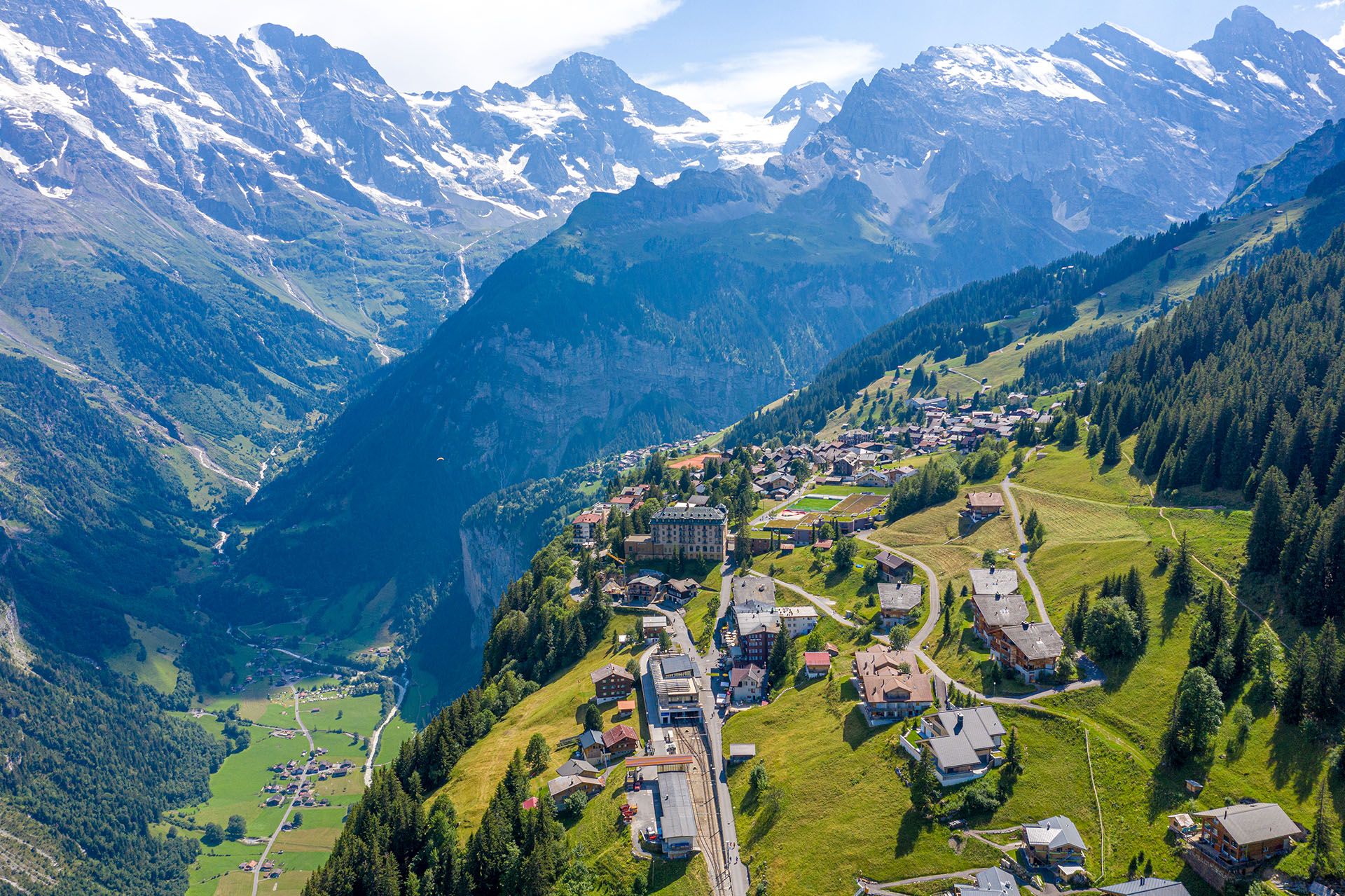
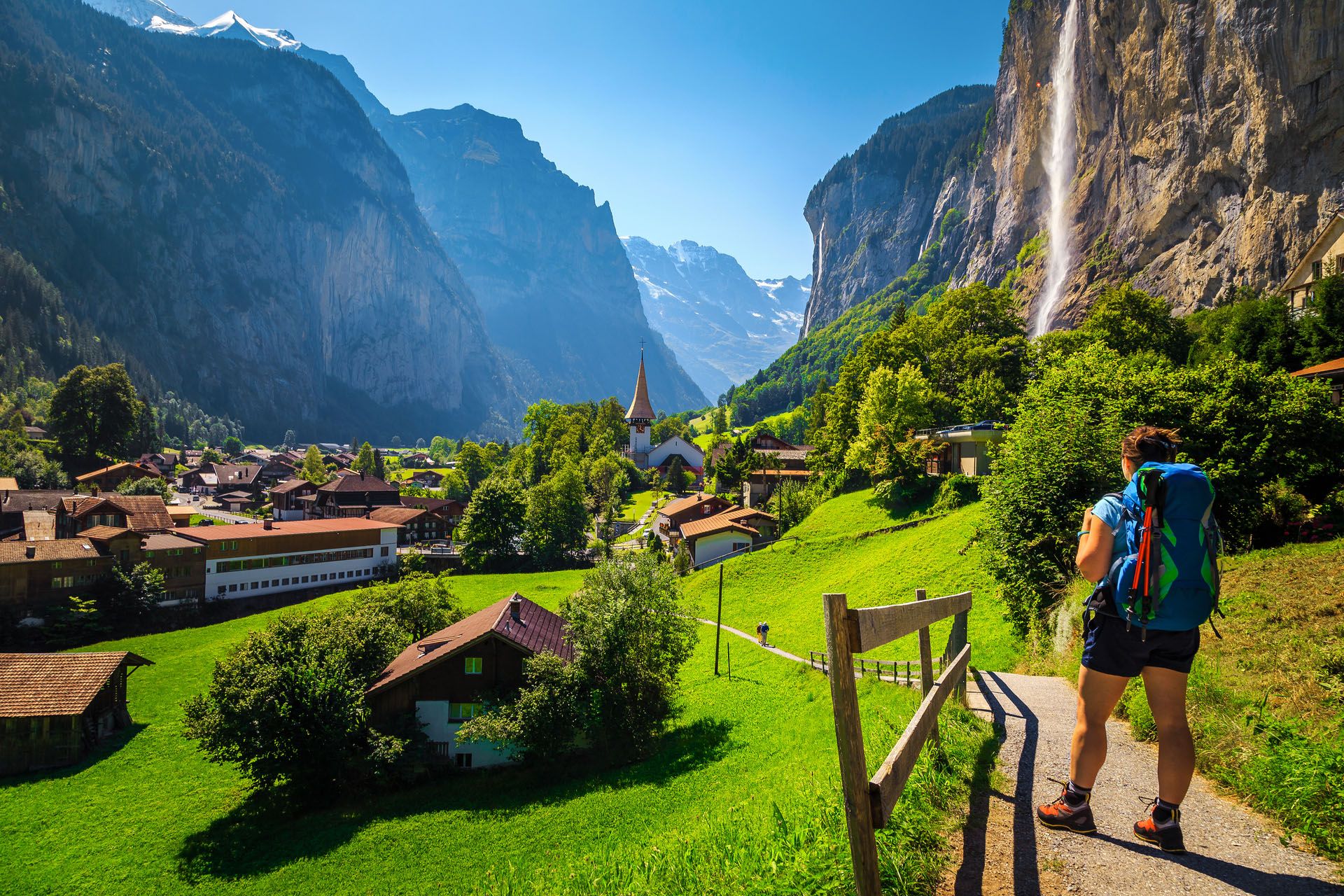



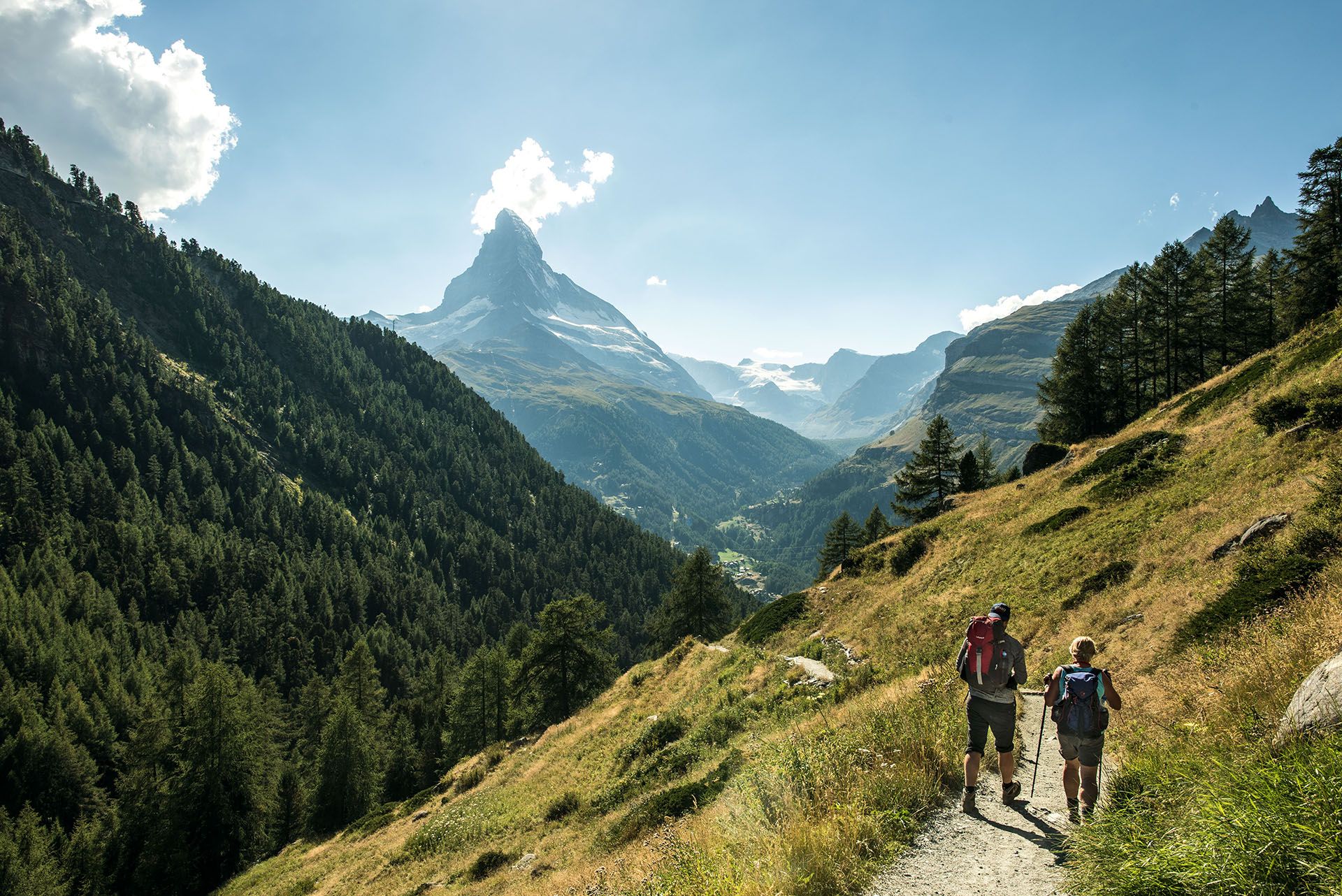


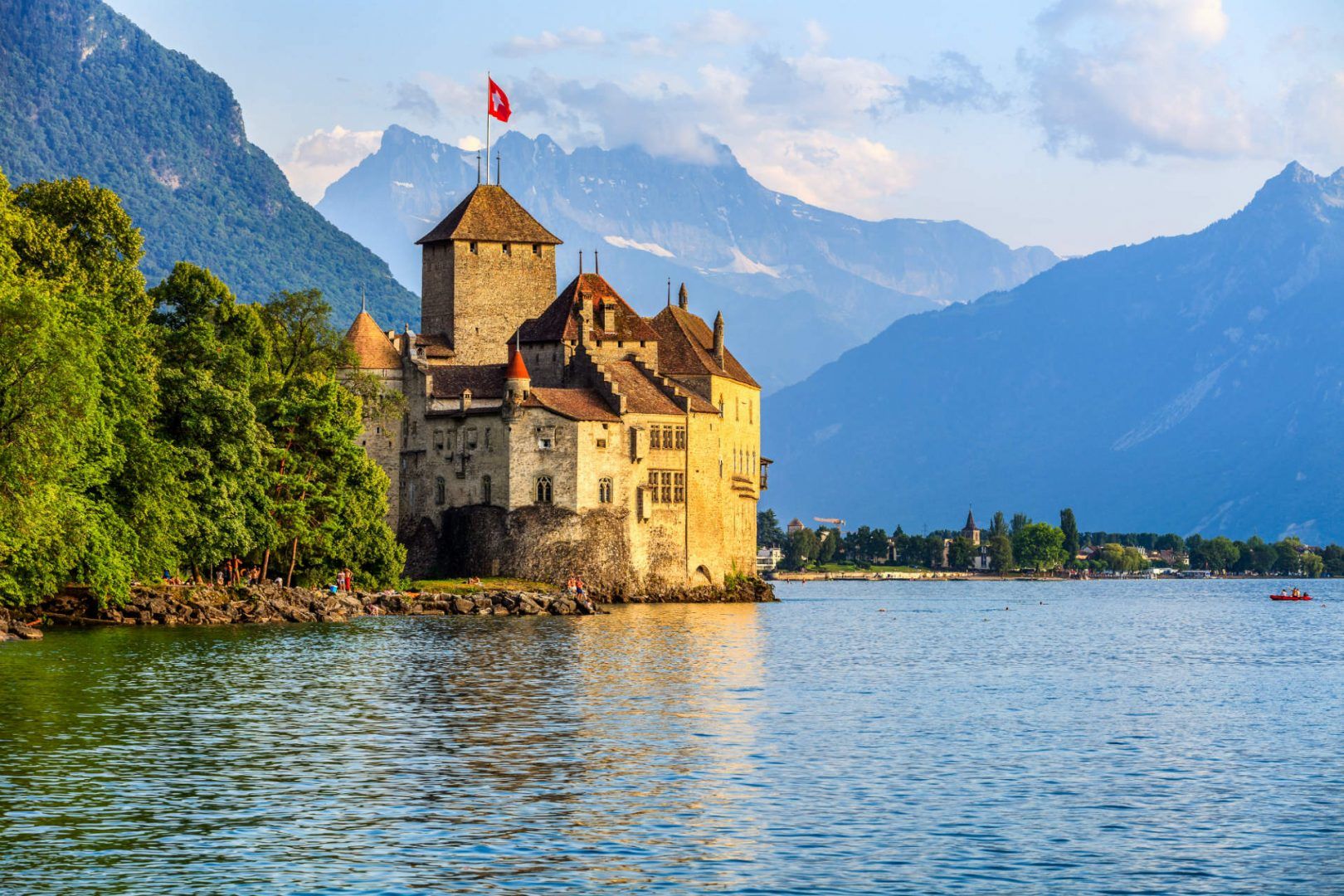

![The sustainable Gornergrat Railway © Swiss Tourism Swisstainable train journeys]](https://deih43ym53wif.cloudfront.net/ST_3x2_Zermatt-Gornergratbahn_52011.jpg_368fcf9a64.jpg)
